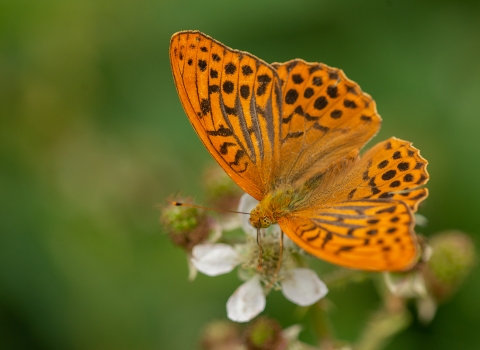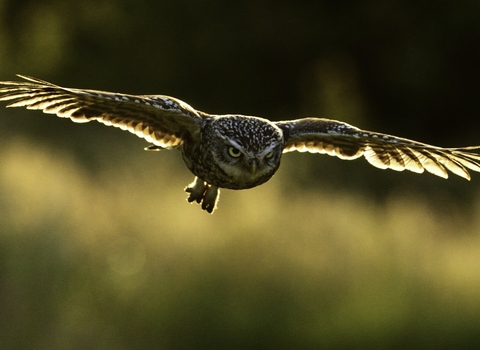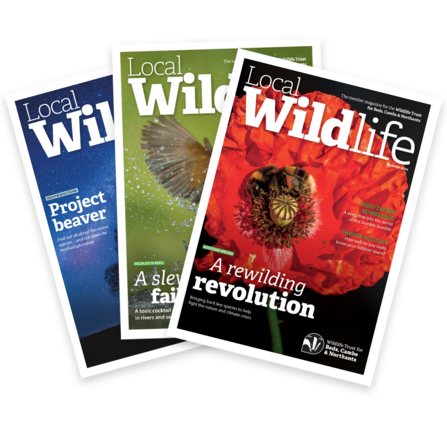
Local Wildlife magazine is packed full of information, ideas and advice about your local wildlife in Bedfordshire, Cambridgeshire and Northamptonshire. From regular recommendations on nature reserves to visit to what wildlife you might encounter in your own garden, and how best to look after it; from all the latest news about the work we do to look after our wild places, and how our members help us to achieve it, to fantastic wildlife spectacles you can find on your doorstep.
Sent to our members three times a year in March, July and November, it's the best way to keep in touch with all the wild goings on, and learn a little about the wildlife we share our three counties with, too.
Contributing to Local Wildlife
Send us your photos, letters or questions
If you are a member of the Wildlife Trust for Beds, Cambs and Northants, we want to hear from you!
If you have a photo of wildlife you've seen in our three counties, or of a reserve you've visited, and would like them to appear in the magazine, please send them to editor@wildlifebcn.org with a brief description and where the photo was taken.
Please send your letters (no more than 150 words) and/or questions for our conservation team (no more than 50 words) to editor@wildlifebcn.org
2024 deadlines are:
- 10 Jan for the spring issue
- 7 May for the summer issue
- 3 Sep for the winter issue
Submit your feature ideas
Our 48-page magazine for members is published three times a year, in March, July and November. Our Wildlife Trust covers the counties Bedfordshire, Cambridgeshire and Northamptonshire, and we are always open to feature ideas that are relevant to these areas, whether that's about particular species or habitats, or some combination of the two.
We have a limited number of features per issue, but are open to ideas from writers based anywhere in the UK - as long as what you're writing about is relevant to our particular (land-locked!) counties.
How to submit feature ideas
Please do take some time to put together your pitch, and send us a short summary (no more than 250 words), plus a brief writing CV and a relevant example of your work, to our Editor Sophie Baker at editor@wildlifebcn.org.
We need a clear idea of what you're proposing, including the angle/purpose of the feature, why it's relevant at a particular time of year, what your personal passion/interest is in the subject, what experts or research you'll be referencing (if relevant) and what sort of images you'll need to support the feature. We have our own in-house image library and will do our own image research, so there's no need to send photos unless it's an intrinsic part of your idea.
Please don't send us fully written features - they will inevitably be the wrong length for our format and are extremely unlikely to be accepted.
Editorial meetings happen three times a year: in November (for spring), March (for summer) and July (for winter). If your pitch is successful, we will be in touch around these times to let you know.
If your pitch is commissioned, we will send a detailed brief including a word count, deadline and fee.
Once you have submitted an idea, we will keep it on file for at least 12 months - so don't lose heart if you don't hear from us right away. And please do feel free to send multiple pitches - or to send the same pitches to other publications (and good luck!)
We look forward to hearing from you.
I read the winter Local Wildlife magazine over the break and have to say the magazines really have been excellent lately. It must be quite difficult to pitch the content at an audience that can include complete beginners through to seasoned wildlife experts, but you certainly don't dumb things down, which is great. I learnt some excellent new terms from the article about tracking winter wildlife. Well done.
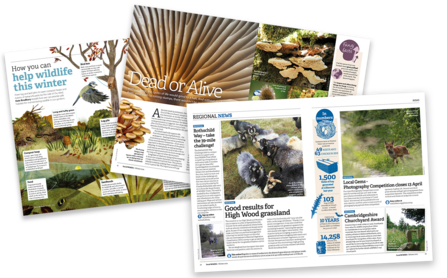
Few things fill me with as much joy as when this pops through my door.
Jules Howard, @juleslhoward
A selection of past articles to read online
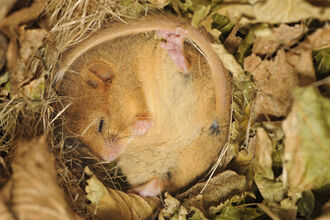
My Wild Life: Kevin Doyle - Dormouse Champion
Kevin Doyle has been surveying dormice in Brampton Wood for nearly 30 years and is excited to see the project enter a new phase
…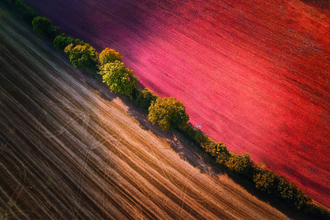
Betting on hedges
Hedges are among our most familiar and varied countryside features. Some, but by no means all, are hugely valuable for wildlife.
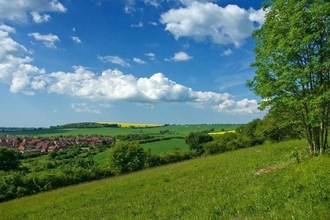
Bradgers Hill and Beyond!
Wilder Futures has entered its final year and we are pleased to say that it will be a busy one! As awareness of our work in Luton grows…
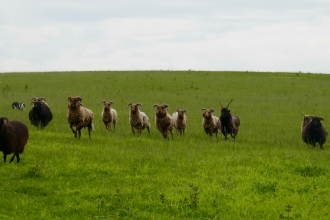
Meet the Volunteers: The Sheep Nuts of Pegsdon Hills
Meet three of our determined livestock volunteers keeping our Bedfordshire flock on the straight and narrow
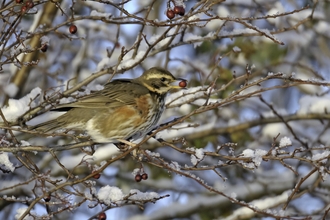
Winter thrushes
With the exception of the ring ouzel, you can find all our thrushes in winter, and they are quite easy to identify. All are small to…
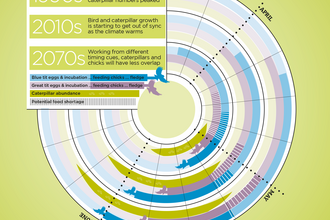
Running like clockwork?
Why can't we expect all wildlife to respond to our changing climate in the same way? As Mark Boyd explains, it may depend on how…
Packaging
Your Local Wildlife magazine is sent to you in a paper envelope, made from responsibly-sourced paper and printed with vegetable-based ink. It can be widely recycled, or composted, and will break down naturally if it finds its way into the natural environment.
Many areas in our three counties will not accept any sort of biodegradable plastic, including that made from potato starch, in the green bins. Whilst potato starch packaging will biodegrade over time the process is much slower, and sometimes unproven, if not composted. We have also found that if people accidentally dispose of the packaging with their plastic bag recycling, this can have a detrimental affect on that recycling process. And when the packaging is put into 'capped' landfill, it does not break down at all. It is a complex picture, but one that has led us to use the most natural source available to us - paper. As alternatives become available and technology changes, we will continue to assess this decision based on the best sustainable outcome.
Accessibility
Local Wildlife magazine is available as a digital accessible version upon request. Please contact the membership team for more information.

